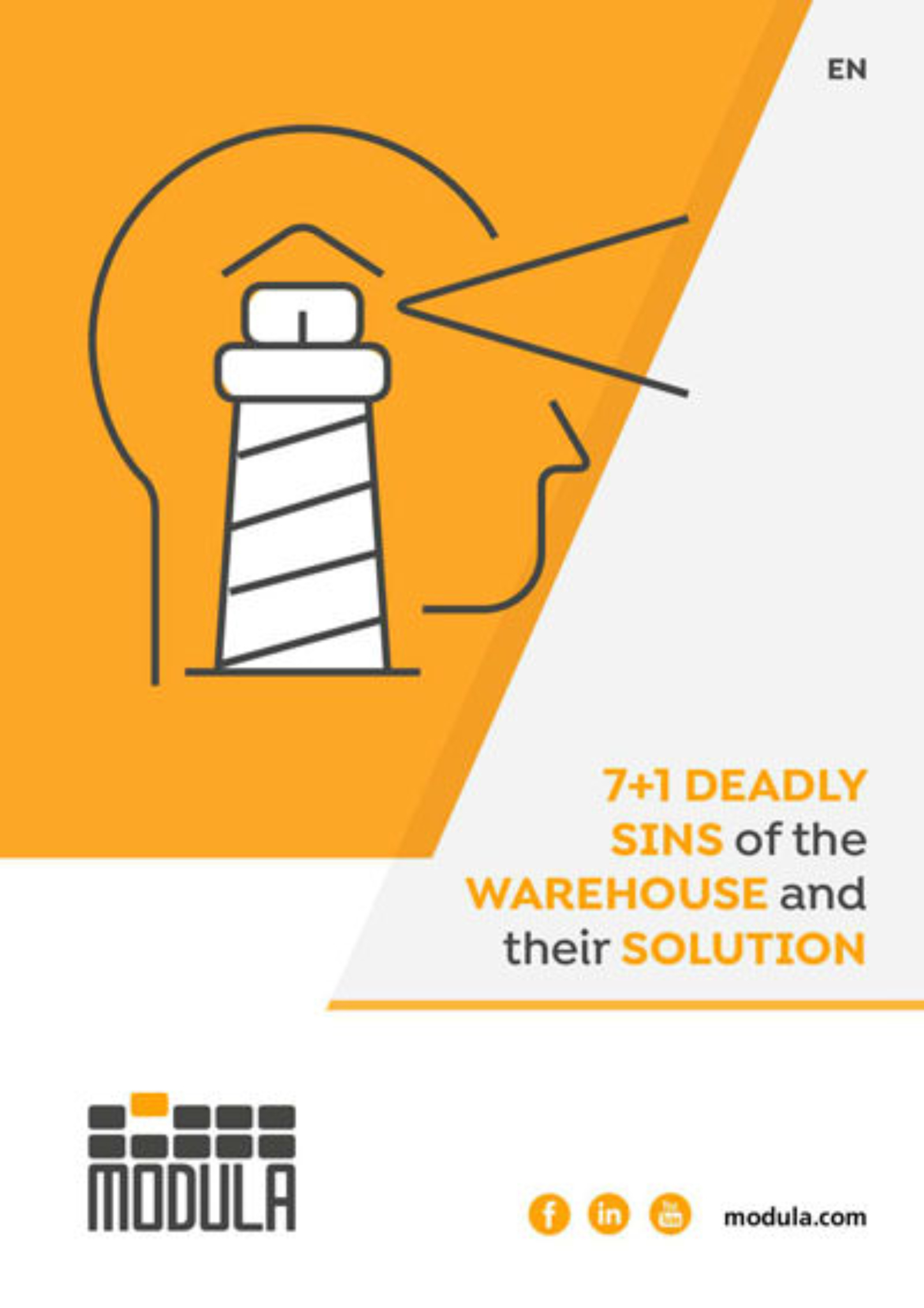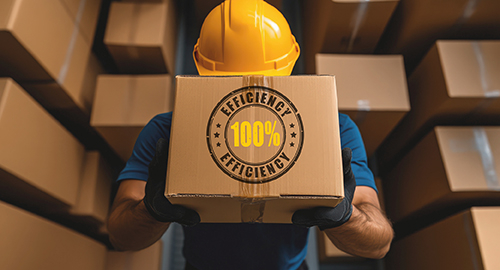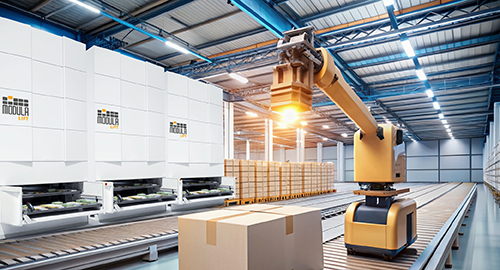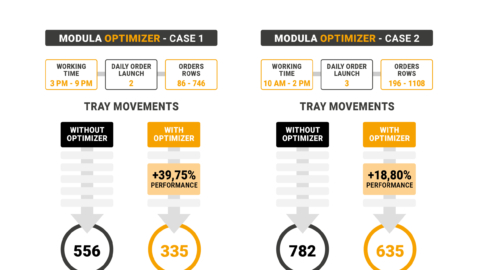Automating processes often means increasing efficiency, but we should never forget that efficiency requires the continuous management of the processes and machinery involved in automation. Thus, automation also means maintenance.
Those who manage production, warehouses and related processes are always faced with the choice between:
- Reactive or corrective maintenance that involves repairs only after a malfunction or failure
- Preventive maintenance, that is, planned or scheduled maintenance activities which often involve the replacement of parts to prevent unexpected failures and long shutdowns.
In practical terms, the impact of maintenance on productivity should never be overlooked. The percentage of lost production varies from 5% to 20% for reactive maintenance, which involves the sudden interruption of production and the implementation of measures whose duration is difficult to estimate in advance.
Production line downtime costs manufacturers about €45 billion per year and almost half of those losses are due to technical failures of machinery (source: Kainet).
But how is it possible to calculate maintenance costs and determine the best approach to this issue for a company?
Maintenance costs are divided into two macro categories:
- Own costs:
- Direct costs: the most common of these are the manpower necessary to carry out the servicing and/or repair of machinery in addition to those relating to the purchase of materials and spare parts.
- Indirect costs: these include costs relating to resources not directly involved but still impacted, as well as equipment, systems and services.
Induced costs: these are costs relating to downtime and failures that lead to production interruptions, errors, delays and are therefore difficult to predict and quantify.
Maintenance in the Industry 4.0 era
Industry 4.0 is changing everything: there is lots of talk about IoT (Internet of things), Cloud and Machine Learning but what impact do they have on the management and determination of the type of maintenance necessary for machinery?
Thanks to new technologies, it is possible to equip machines with sensors and systems that efficiently monitor what is happening in the device/system, analyze it, and report it in real time.
They have the ability to identify the relevant data, make diagnoses, and continuously capture data during the operation of the machine.
Data collection is combined with mathematical algorithms that enable the detection of anomalies before a breakdown as well as the reporting of real-time information on the state and performance of the machinery itself.
PREDICTIVE MAINTENANCE is closely related to this context.
That’s right. The continuous check-up of machinery and systems and the collection of data within them facilitate the monitoring of all relevant parameters in order to be able to intervene before the fault occurs, therefore, before unexpected downtime. The procedure is really simple: thanks to the ability to continuously monitor, collect, and process data, when any deviation is detected, it is signalled before significant wear or breakdown of a given part occurs.
Predictive and proactive maintenance: how to implement it
To make predictive maintenance possible, and implement it, two pillars of Industry 4.0 are extremely useful: MACHINE LEARNING and BIG DATA.
As suggested by the word itself, Machine Learning is the ability of machines to learn automatically from a certain experience. It includes techniques and algorithms closely tied to statistical calculation which facilitate continuous and stable improvement as the data processed increases.
This proliferation of information in the system generates large volumes of data, that is, BIG DATA for the production, maintenance and management of the production chain that comes from:
- Programmable Logic Controllers (PLCs)
- Supervisory Control Systems and Data Acquisition (SCADA)
- Human Machine Interfaces (HMI)
- IoT devices or IT systems in different business areas.
Thanks to these computational systems, it is possible to implement predictive maintenance 4.0 and prevent faults, problems, and unexpected events before they become a problem precisely because they can be anticipated, avoiding machine breakdowns or downtimes.
Therefore, predictive maintenance is a real opportunity for everyone to improve processes and minimize their own and induced maintenance costs.
Predictive maintenance is all about efficiency.
7+1 Deadly Sins of the Warehouse



